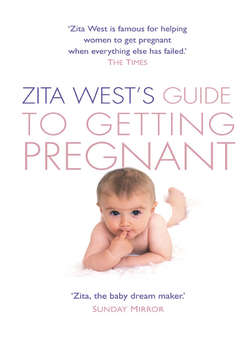Читать книгу Zita West’s Guide to Getting Pregnant - Zita WEST, Zita West - Страница 29
The Follicular (pre – ovulation) Phase
ОглавлениеOn Day 1 of the cycle, which is the first day of a period, the brain releases GnRH (gonadotrophin – releasing hormone) from the hypothalamus, which in turn tells the pituitary gland to release FSH (follicle – stimulating hormone). The levels of FSH in the bloodstream build over the next couple of weeks, stimulating follicles in the ovaries to start growing.
The follicle grows and starts to secrete oestrogen from the granulosa cells. It is the rising level of oestrogen that inhibits the secretion of FSH, while also causing ovulation. At this point, LH (luteinizing hormone) is secreted.
This first part of the cycle, the follicular or pre – ovulation phase, can vary in length. This explains why some women have longer cycles than others, and also why their cycles can sometimes be irregular.
The interplay of hormones throughout a woman’s fertile life forms the basis of her cycle. Not only do these hormones have a crucial role to play in fertility, they also have other effects on the body, which can be extremely useful when trying to define and assess your own levels of fertility. For example, progesterone has an effect on body temperature (as it’s designed to keep a fertilized egg warm in the incubator of the womb), while oestrogen has an effect on cervical secretions, which are so essential to helping achieve pregnancy.
Looking at oestrogen and progesterone individually, and also at how the subtle interplay between them and other hormones affects fertility, is the first step to understanding what is necessary for a pregnancy to happen.
